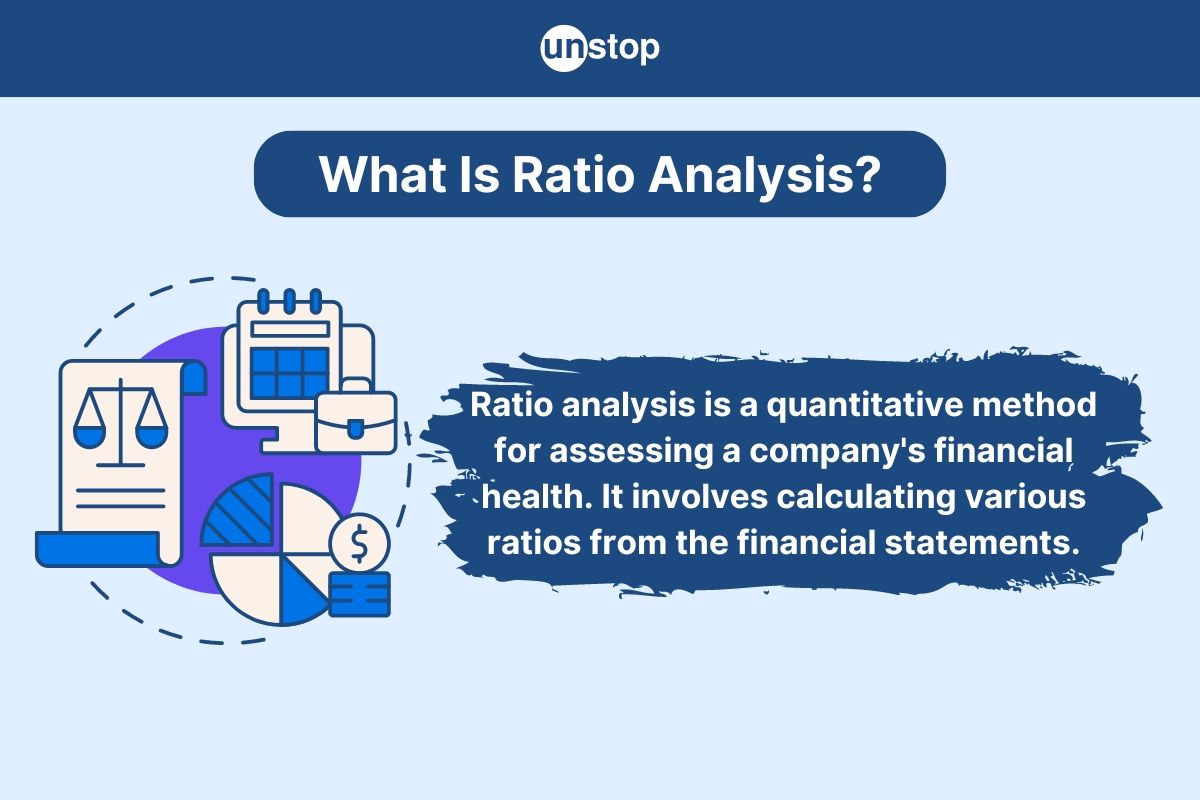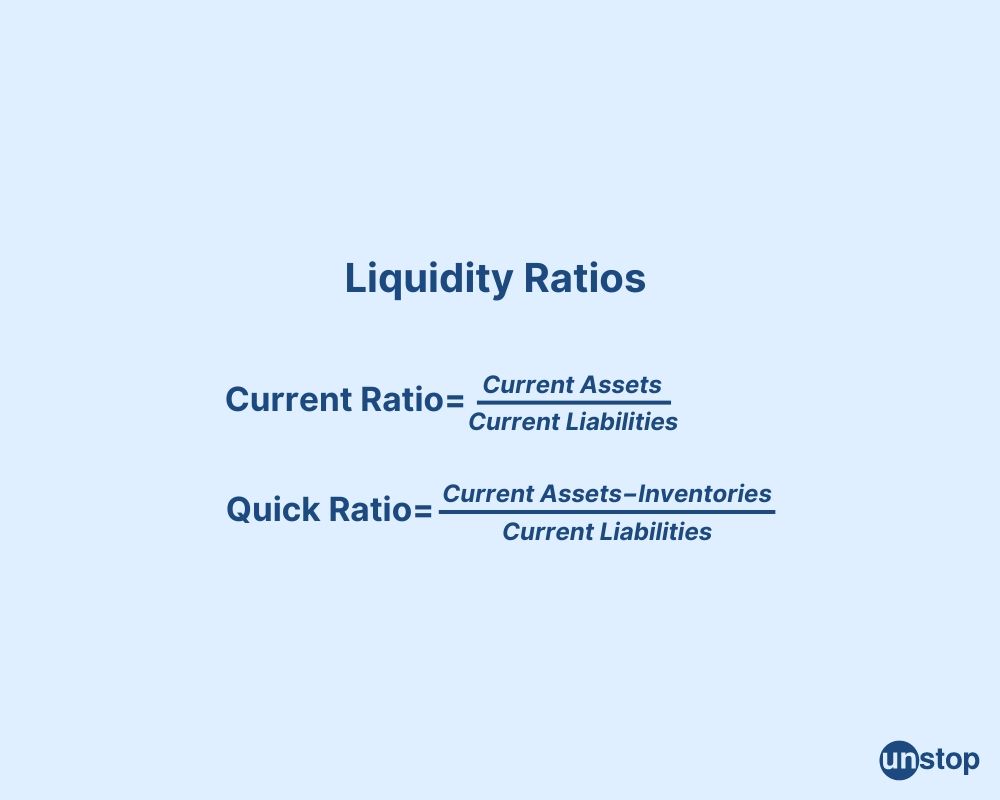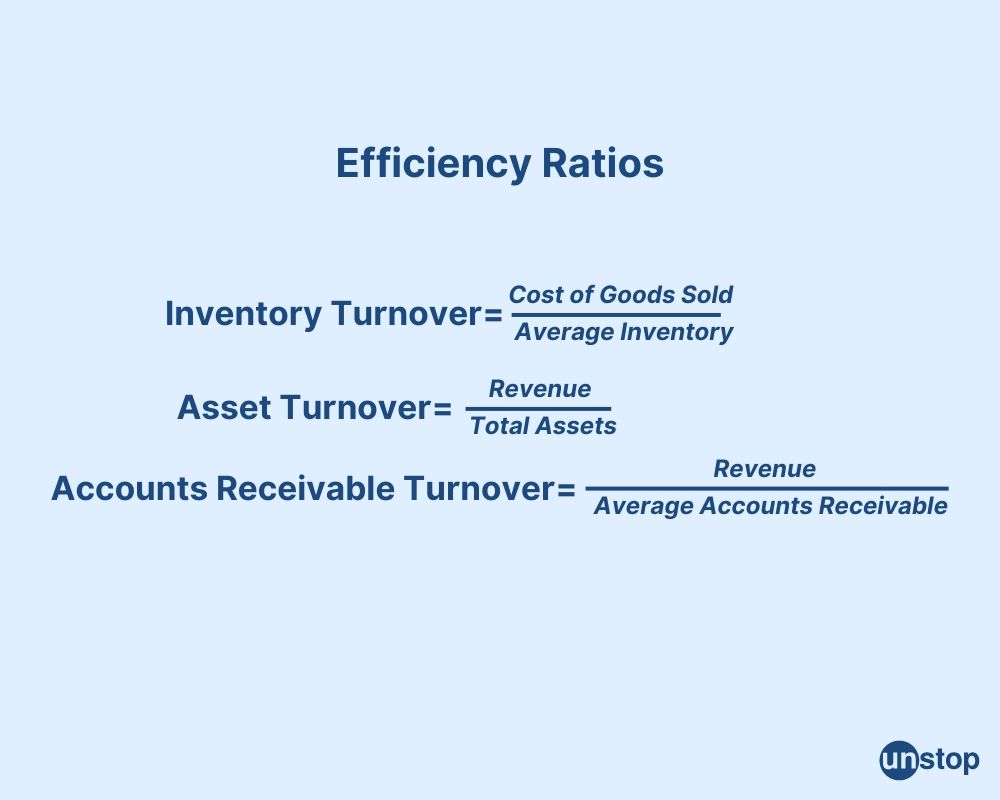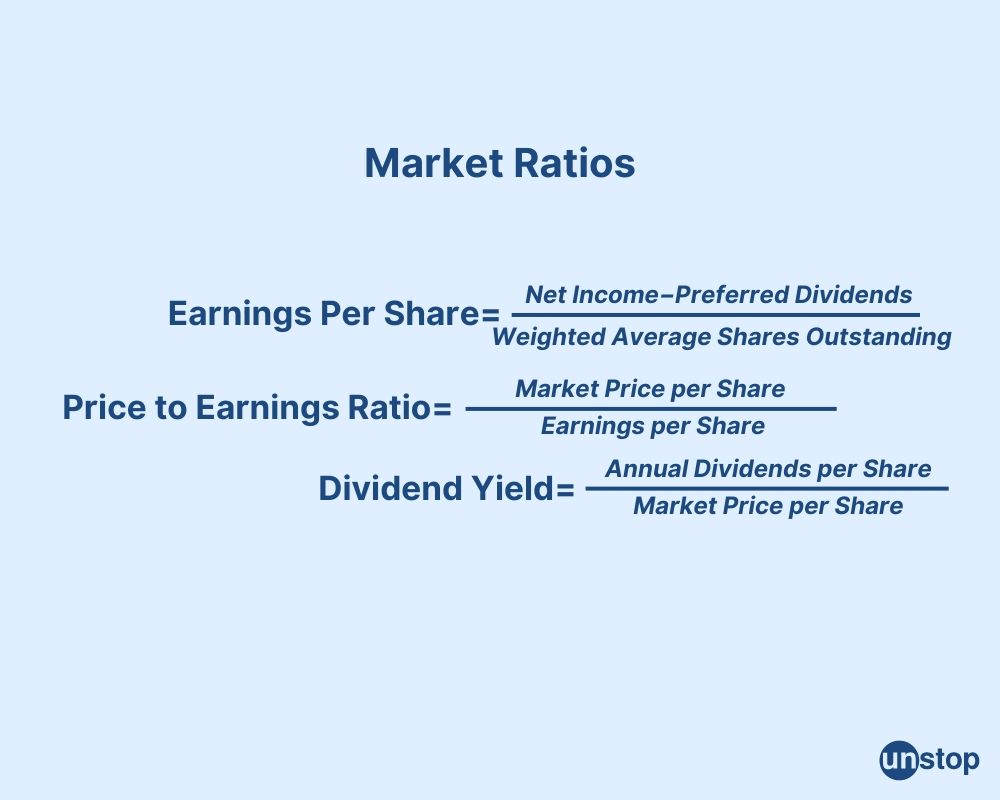- What Is Walter's Model Of Dividend?
- Key Concepts Of Walter's Model
- Dividend Policies
- Walter's Model Formula And Assumptions
- Model Limitations
- Conclusion
- Frequently Asked Questions
- Exploring Cash And Fund Flow
- Importance Of Cash & Fund Flow Statement
- Components Of Cash & Fund Flow Statement
- Exploring The Key Differences With Examples
- Significance And Application
- Advantages And Disadvantages
- Conclusion
- Frequently Asked Questions
- Definition Of Comparative Statement
- Types Of Comparative Statements
- Formulas For Comparative Statement
- Example Of Comparative Income Statement
- Preparing Comparative Statement
- Steps For Income & Balance Sheets
- Understanding Cash Flow Comparisons
- Practical Examples Explained
- Limitations And Considerations
- Conclusion
- Frequently Asked Questions (FAQs)
- Definition Of Dividend Decision
- Key Factors Influencing Dividend Decision
- Objectives Of Dividend Decision
- Theories And Determinants
- Policies Of Dividend Decision
- Conclusion
- Frequently Asked Questions (FAQs)
- Role of Fund Flow Statement Analysis
- Key Objectives of Preparing a Fund Flow Statement
- Importance of a Fund Flow Statement
- How to Prepare a Fund Flow Statement: A Step-by-Step Guide
- Fund Flow Statement vs. Cash Flow Statement
- How Fund Flow Analysis Empowers Investors and Management
- Limitations of a Fund Flow Statement
- Conclusion
- Frequently Asked Questions (FAQs)
- Definition Of Financing Decision
- Types Of Financial Decisions
- Examples Of Financing Decisions
- Key Factors In Financial Decision-Making
- Theories Of Financial Decision
- Analyzing Costs And Risks
- Evaluating Market & Regulatory Impacts
- Conclusion
- Frequently Asked Questions (FAQs)
- Definition Of Finance Function
- Core Components Of Finance Function
- Functions Of Financial Management
- Importance Of Finance Decision
- Scope Of Finance Function
- Objectives Of Financial Management
- Integrating Decisions Into Business Strategy
- Conclusion
- Frequently Asked Questions (FAQs)
- Definition Of Profit & Wealth Maximization
- Top 5 Key Differences Highlighted
- Calculation Method (Formula)
- Which Approach Is More Sustainable
- How It Impacts Different Stakeholders
- Role Of Decision-Making In Maximization
- Conclusion
- Frequently Asked Questions (FAQs)
- Definition Of Capital Structure
- Top 10 Factors Affecting Capital Structure
- Conclusion
- Frequently Asked Questions (FAQs)
- Defining Working Capital Cycle
- Importance Of Working Capital Cycle
- Components Of Working Capital Cycle
- Steps Of Working Capital Cycle
- Formula Used For Calculation
- Positive vs Negative Working Capital
- Reducing The Cycle
- Conclusion
- Frequently Asked Questions
- What is a Common Size Statement?
- Common Size Statement Format & Formula
- Common Size Statement Analysis
- Importance of Common Size Statement
- Difference Between Common Size and Comparative Statement
- Conclusion
- Frequently Asked Questions (FAQs)
- Definition Of Gordon Growth Model
- Formula & Example Of GGM
- Applications In Investment Valuation
- Gordon Growth Vs. Dividend Discount Model (DDM)
- Pros And Cons Of The Model
- Conclusion
- Frequently Asked Questions (FAQs)
- Definition & Concept Of Maximization
- Importance & Benefits Of Wealth Maximization
- Approaches & Challenges
- Wealth Maximization Vs. Profit Maximization
- Strategies To Implement Wealth Maximization
- Relation Of Psychological Aspects & Wealth
- Conclusion
- Frequently Asked Questions (FAQs)
- What Is Investment Decision? (Meaning)
- Key Factors Influencing Investment Decisions
- Importance of Investment Decision
- Exploring Capital Budgeting Methods
- Net Present Value Vs Internal Rate Of Return
- Addressing Inflation Effects
- Conclusion
- Frequently Asked Questions (FAQs)
- What Is Discounted Payback Period?
- Understanding The Basic Concept
- Formula & Calculation With Example
- Advantages, Disadvantages And Application
- Payback Vs. Discounted Payback
- Role & Influence Of Decision Rule Explained
- Conclusion
- Frequently Asked Questions (FAQs)
- What Is Working Capital Management
- Key Components Of Working Capital
- Importance Of Working Capital Management
- Working Capital Cycle & Formula
- Key Ratios In Working Capital Management
- Factors Influencing Working Capital
- Strategies For Working Capital Management
- Conclusion
- Frequently Asked Questions (FAQs)
- Meaning Of Financial Sources In Business
- Primary And Secondary Sources Of Finance
- Top 7 Sources Of Finance For Business
- Traditional Vs Modern Sources Of Finance
- Classification Of Finance Sources Based On Time Period
- Classification & Impact Based On Ownership
- Strategies For Choosing The Right Sources Of Finance
- Conclusion
- Frequently Asked Questions (FAQs)
- What Is Profitability Index?
- Key Features Of PI As A Financial Tool
- Profitability Index Formula
- How To Calculate Profitability Index
- Advantages & Disadvantages Of PI
- Conclusion
- Frequently Asked Questions (FAQs)
- What Is Annual Recurring Revenue?
- Importance Of ARR For Business Growth
- Formula And Steps To Calculate ARR
- Differences Between ARR and MRR
- Conclusion
- Frequently Asked Questions
- What Is Capital Budgeting?
- Types & Features Of Capital Budgeting
- Importance Of Capital Budgeting
- Methods Used In Capital Budgeting
- Capital Budgeting Process
- Capital Budgeting Vs. Operational Budgeting
- Conclusion
- Frequently Asked Questions (FAQs)
- What Is Financial Statement Analysis?
- Importance & Benefits
- Types Of Financial Statement Analysis
- Methods Of Financial Statement Analysis
- Steps In Financial Statement Analysis
- Conclusion
- Frequently Asked Questions (FAQs)
- What Is The Cost Of Capital?
- Key Components Of Cost Of Capital
- WACC & Formula
- Factors Influencing Cost Of Capital
- Role Of Cost Of Capital In Financial Decisions
- Role In Investment Decisions & Mergers
- Impact On Business Operations & Strategies
- Conclusion
- Frequently Asked Questions
- What Is Internal Rate Of Return (IRR) In Finance?
- Key Concepts Of IRR
- Formula To Calculate Internal Rate Of Return
- Applications Of IRR In Finance
- Limitations & Challenges Of IRR
- Conclusion
- Frequently Asked Questions (FAQs)
- What Is Cost of Equity?
- Key Factors Affecting Cost Of Capital
- Role Of Cost Of Equity In Finance
- Methods to Calculate Cost of Equity
- Formula Of Cost Of Equity
- Components Of Cost Of Equity
- Cost Of Equity Vs. Related Financial Concepts
- Conclusion
- Frequently Asked Questions (FAQs)
- What Is Ratio Analysis?
- Importance Of Ratio Analysis
- Types Of Financial Ratios Analysis
- Methods Used To Conduct Ratio Analysis
- Applications And Examples
- Conclusion
- Frequently Asked Questions (FAQs)
- What Is Net Present Value (NPV)?
- Why Use NPV? Top 5 Benefits
- NPV Formula Explained
- Steps To Calculate NPV With Example
- Positive Vs. Negative NPV
- Advantages And Disadvantages Of NPV
- NPV Vs. Other Financial Metrics
- Conclusion
- Frequently Asked Questions
- What Is The Time Value Of Money?
- Time Value Of Money Formula
- Importance Of Time Value Of Money
- Methods & Techniques Of Time Value of Money
- Relationship Between Opportunity Cost And Time Value
- Inflation's Impact on Time Value
- Conclusion
- Frequently Asked Questions (FAQs)
- What Is Financial Management?
- Types of Financial Management
- Importance of Financial Management
- Key Functions Of Financial Management
- Best Practices For Financial Management
- Conclusion
- Frequently Asked Questions
- What Is Leverage In Financial Management?
- Types Of Leverage In Financial Management
- Financial Leverage Formula
- Risks & Benefits Of Financial Leverage
- Conclusion
- Frequently Asked Questions
- What Is A Dividend?
- Types Of Dividends
- Dividend In Financial Management
- Examples Of Dividend
- Impacts Of Dividends On Share Prices
- Reasons Companies Pay or Not Pay Dividends
- Conclusion
- Frequently Asked Questions
Ratio Analysis: Definition, Importance, Types, And Methodologies

Ratio analysis is a very important tool for understanding a company's financial health. By breaking down complex financial data into simple ratios, you can see the bigger picture without getting lost in details.
It helps investors and managers make informed decisions quickly. Whether you're assessing profitability, liquidity, or efficiency, ratio analysis provides clarity.
What Is Ratio Analysis?
Ratio analysis is a quantitative method employed to assess a company's financial health. It involves calculating various ratios from the financial statements. These ratios help analysts understand how well a company performs financially.
Formula Ratio Analysis
Ratio analysis uses various formulas to evaluate a company's financial health and performance. Here are some key financial ratios and their formulas:
Importance Of Ratio Analysis
Let us study some of the importance of ratio analysis:
Informed Decisions
Investors use ratio analysis to make smart investment choices. It offers a clear picture of a company's financial health. They help investors compare companies within the same industry.
For example, a high debt-to-equity ratio might indicate risk. Investors can avoid companies with poor financial stability.
Performance Tracking
Tracking a company's performance over time is crucial. Ratio analysis allows for this by comparing current ratios to past figures.
This method shows trends in profitability and liquidity. A consistent increase in return on equity signals strong management. Conversely, declining profit margins may raise red flags.
Risk Assessment
Lenders often rely on ratio analysis to evaluate risk. Before granting loans, they assess the borrower's ability to repay. Key ratios like the current ratio and interest coverage ratio help lenders gauge financial stability.
A low current ratio indicates potential cash flow issues.
Data Utilization
This method utilizes data from balance sheets, income statements, and cash flow statements. By examining these numbers, analysts can derive meaningful insights.
For example, the current ratio measures liquidity. It shows whether a company can meet its short-term obligations. Other ratios, like the debt-to-equity ratio, indicate financial leverage and risk.
Types Of Financial Ratios & Formula
Let us take a look at the different types of financial ratios analysis and formula:
Liquidity Ratios

Liquidity ratios ascertain a company's ability to meet short-term obligations. They provide insight into financial health.
The quick ratio excludes inventory, focusing on more liquid assets. These ratios are vital during economic downturns. They help assess whether a company can survive tough times.
Solvency Ratios
Solvency ratios evaluate a company's long-term financial stability. They indicate if a company can meet long-term debts. The debt-to-equity ratio shows the balance between debt and shareholder equity.
The interest coverage ratio measures how easily a company can pay interest on its debt. Understanding these ratios reveals a company's leverage and associated risks.
Profitability Ratios

Profitability ratios assess a company's ability to generate earnings. The net profit margin provides how much profit is made from revenue.
The return on equity (ROE) shows how effectively management uses equity to generate profit. These ratios help investors gauge operational efficiency and growth potential.
Efficiency Ratios

Efficiency ratios, often referred to as activity ratios, assess how well a business makes use of its assets and oversees its operations. A key metric to consider is the asset turnover ratio.
This ratio reveals how much revenue a company earns for every dollar it has invested in its assets.
Market Prospect Ratios

Market prospect ratios assess a company's stock valuation. The price-to-earnings (P/E) ratio compares stock price to earnings per share.
The price-to-book (P/B) ratio evaluates the market value relative to book value. These ratios aid investors in making informed buying or selling decisions.
Methods Used To Conduct Ratio Analysis
Let us also study the methods used to conduct the ratio analysis:
Comparative Analysis
Comparative analysis evaluates a company's ratios against those of its peers. This method highlights competitive advantages and industry positioning. Companies can see where they stand in relation to others. Different industries have varying standards, so understanding this helps in making informed decisions.
Benchmarking
Benchmarking compares a company's ratios to industry standards. This process aids in identifying performance gaps and areas needing improvement.
Companies can set realistic financial goals based on these comparisons. By seeing how they measure up, businesses can adjust strategies to enhance their performance.
Trend Analysis
Trend analysis observes changes in ratios over time. This technique reveals patterns that can inform future financial forecasts.
For instance, if a company's debt ratio rises steadily, it may signal potential issues ahead. Analyzing trends alongside other financial metrics adds depth to the evaluation. This comprehensive approach ensures better financial planning.
Applications And Examples
Let some consider some of the applications and examples of ratio analysis:
Industry Benefits
Different industries benefit from ratio analysis in unique ways. In the manufacturing sector, companies track their operating margin ratios. This shows how efficiently they convert sales into profits. Higher margins indicate better management of production costs.
In contrast, service industries might focus on customer satisfaction ratios. These ratios help businesses assess their performance based on client feedback. Companies can adjust their services based on this information.
Versatility Across Sizes
Ratio analysis suits both small businesses and large corporations. Small companies often rely on simple ratios to monitor cash flow. They can quickly identify financial health without complex tools.
Large corporations utilize extensive ratios to evaluate performance across various departments. They can analyze multiple factors like sales growth and return on equity. This versatility makes ratio analysis an essential tool for any business.
Real-World Uses
Companies use ratio analysis to make informed decisions. For example, a retail business may analyze its inventory turnover ratio. This helps them understand how quickly they sell goods. If the ratio is low, they might consider discounting items to boost sales.
Another example is in finance. Banks often assess a company's debt-to-equity ratio. This indicates how much debt a company has compared to its equity. A high ratio can signal higher risk, affecting lending decisions.
Conclusion
In conclusion, you can utilize ratio analysis to effectively assess your financial health. You have grasped the importance, types, and how to use it. By using these ratios, you can make informed financing decisions that drive success in your business or investments.
Don't underestimate the value of ratio analysis. It's not just numbers; it's insight into performance and potential. Take action today—dive deeper into your financial data and leverage these insights for better outcomes. Your financial future depends on it!
Time to test your knowledge! See if you can answer these questions correctly.
Frequently Asked Questions (FAQs)
1. What is ratio analysis?
Ratio analysis is a quantitative method employed to assess a company's financial health. It involves calculating various ratios from the financial statements. These ratios help analysts understand how well a company performs financially.
2. Why is ratio analysis important?
Ratio analysis is crucial for investors and management. It provides insights into operational efficiency, liquidity, and solvency, enabling informed decision-making and strategic planning.
3. Provide the main types of financial ratios.
The main types of financial ratios include liquidity ratios, profitability ratios, efficiency ratios, leverage ratios, and market value ratios.
4. Can ratio analysis predict future performance?
While ratio analysis can indicate trends and historical performance, it cannot definitively predict future outcomes. It should be used alongside other analytical tools for better forecasting.
5. What are some practical applications of ratio analysis?
Practical applications of ratio analysis include benchmarking against industry standards, identifying strengths and weaknesses in financial performance, and guiding investment or lending decisions.
Suggested Reads:
- Annual Recurring Revenue (ARR): Definition, Formula & Calculation
- Profitability Index (PI): Definition, Formula, Calculation & More
- Top 7 Sources Of Finance For Businesses And Start-ups Explained
- Working Capital Management: Definition, Importance, Strategy & More
- Gordon Growth Model (GGM) | Definition, Formula, And Applications
Instinctively, I fall for nature, music, humor, reading, writing, listening, traveling, observing, learning, unlearning, friendship, exercise, etc., all these from the cradle to the grave- that's ME! It's my irrefutable belief in the uniqueness of all. I'll vehemently defend your right to be your best while I expect the same from you!
Login to continue reading
And access exclusive content, personalized recommendations, and career-boosting opportunities.
Subscribe
to our newsletter
















Comments
Add comment